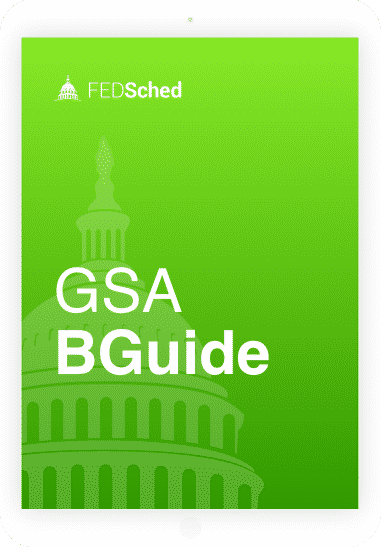Category Management – A Brief Overview
The concept of Category Management in purchasing has existed for decades and has been employed by industries and even the UK government for many years. It’s a procurement practice, typically employed by large organizations, that involves:
- Analyzing spending
- Grouping products and services into categories
- Developing an efficient purchasing strategy for each category
- Purchasing strategically as a single enterprise
In 2014, the federal government announced plans to implement Category Management government-wide as part of an overall strategy for transforming the federal marketplace. Government-Wide Category Management (GWCM) impacts how federal agencies buy common products and services. Considering approximately 60% of federal spending falls within the realm of category management, contractors should understand what GWCM is and how it affects their federal customers and buying process.
Starting at the beginning, the Office of Management and Budget (OMB) kicked off initial category management efforts in conjunction with the Category Management Leadership Council (CMLC), which consists of representatives from agencies with the highest federal procurement spending. Together, OMB and the CMLC reviewed Federal Procurement Data System (FPDS) spending reports to group federal spend into ten “common” categories and nine defense-centric categories. Category managers and category teams, consisting of market experts and representatives across federal agencies, were tasked with developing government-wide procurement strategies for each of the ten common categories. Their ongoing responsibilities include:
- Designating acquisition solutions that provide best value and taxpayer savings
- Reevaluating the performance of designated solutions
- Developing procurement best practices
- Maintaining small business utilization goals
- Training government employees on category management
Today, GSA’s GWCM Program Management Office (PMO) plays a leading role in developing guidance, analytics and tools to support category managers.
Category Management Goals
The high-level goals of GWCM are to 1) deliver more savings, value, and efficiency for federal agencies, 2) eliminate unnecessary contract redundancies, and 3) meet the government’s small business goals. To achieve these goals, GWCM looks to reduce contract duplication and increase spend under management and use of Best-in-Class contract vehicles, which we will discuss shortly.


